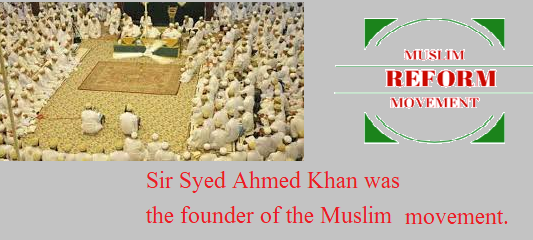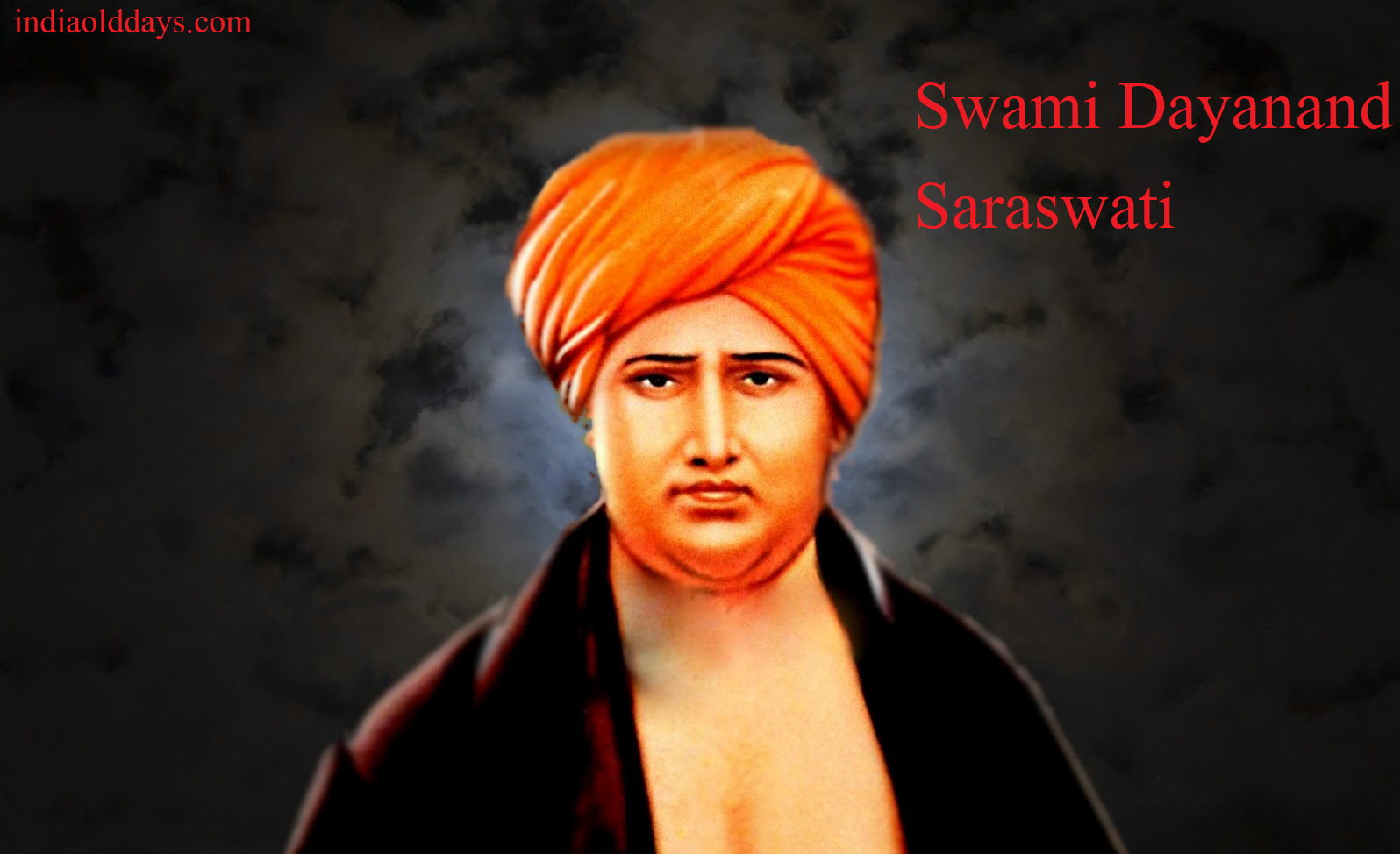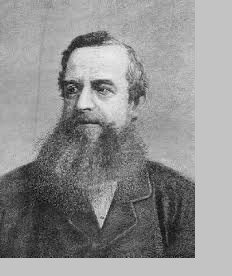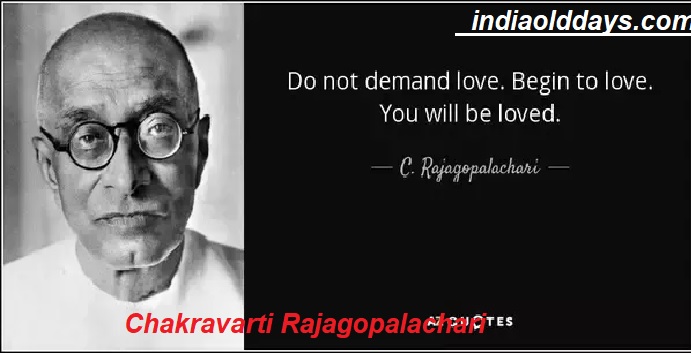What was the Muslim-reform-movement

In 19th century like the Hindus, there was also reform movements in the Muslim society. Before understanding the Muslim community reform movement it is necessary to understand that this society was divided into two classes- one to the High Elite and the second Mass. Most of the Muslims in the second class were originally Hindus and the change of religion by that, they became Muslims. There was no significant change in their social life after their conversion. High elite which once enjoyed political dominance, but around end of 18th century & in the starting of 19th century they had lost their political dominance. They never paid attention to any business that time. Due to easy access to money, inaction in this class had entered. In the first half of the 19th century, this class started trying to maintain its reputation as a show. From which this class became hollow. But after the dissolution of 1857, their right-standing reputation also ended, as the British considered the upper class Muslims to be responsible for this revolution.
The social problem of the upper class Muslims was that they were completely ignorant of the changed circumstances and became the myths of the line. As a result, this class was going backward. In the 19th Century, the economic inequality in these two categories also increased greatly. The root cause of this was that the Muslim upper class did not pursue the policy of favorable time. Therefore, the main objective of the Muslim reform movement was to make this class familiar with the changed circumstances and to focus on Western education. Thus, the social reform movement of the Muslims was different from the social reform movement of the Hindus. One variation of this movement was that the social and religious life of the Muslims was believed to be based on the Qu’ran. Therefore, in order to make changes in the ancient social and religious way of life, it was necessary that the new meaning of the Qu’ran should be explained or it should tell that the prevailing social and religious system is not the Qu’ran or Hadith. Some Muslim reformers also tried to tell that social life should not be based on the Qu’ran. But the effect of such reformers was very limited, because the method based on the Qur’an had entered the depths of Muslim society, which no Muslim was prepared to give up.
The Muslim reform movement started with Syed Ahmed Barelwa, who started the Wahhabi movement to support the principles of fundamentalist Islam in protest of Western civilization. His ideas were supported intensely. But the work done by Sir Syed Ahmed khan to improve Economic condition, Education and Political progress for the muslims was most, nobody did that much.
Aligarh movement
Because of the active involvement of the Muslims in the revolt of 1857, their suppression by the government began to disintegrate the position of the Muslims. Sir Syed Ahmad Khan (1817-98) was found at such a time.
The movement launched under the leadership of Sir Syed Ahmed Khan is known only as the Aligarh movement.
As per the book The Indian Musalmans, published in 1870, written by W.W. Hunter(William Wilson Hunter), that the government had been advised to settle with Muslims and give them some concessions.
While working on the suggestions of Indian Muslims, the British government prepared Sir Syed Ahmed against the National Congress.
Sir Syed Ahmad Khan, who initially was an advocate of Hindu-Muslim unity, now became the strongest enemy of Hindus and Congress.
Sir Syed Ahmed Khan attracted him towards Western education with the aim of modernizing the view of Muslims, he asked his supporters to accept the subordination of British rule.
Sir Syed Ahmed Khan also tried to remove the malpractices present in Islam. He advocated to abolish the Pary Muridas prevailing (पीरी मुरादी प्रथा). Sir Syed Ahmed Khan promoted his ideas by the journal Tehzeeb-ul-Akhlaq (Civilization and Ethics).
Sir Syed Ahmed Khan wrote a commentary on the Quran and criticized traditional commentators while expressing his views in the light of contemporary scientific knowledge.
In 1864 Sir Syed Ahmed Khan Ahmad founded the Scientific Society and Aligarh Muslim-Anglo-Oriental College in 1875.
For the purpose of expressing loyalty to the British, Sayyid Ahmad Khan published a royal Muslim magazine and along with King Shiva Prasad of Benaras, Syed Ahmed Khan established the Patriotic Association.
Viceroy Lord Northbrook also gave a personal donation of ten thousand rupees for the purpose of establishing the Aligarh movement in a good position compared to the Indian National Congress.
Deobandi Movement
Muhammad Qasim Nanautvi and Rashid Ahmad Gangohi founded Islamic seminary in Deoband in 1867. The Darul-Uloom or Deoband movement started with the aim of spreading the pure education of Quran and Hadith from this madrasa and giving a slogan of jihad against foreign governments.
The Deoband movement was anti-English movement, Deoband School had complete restrictions on English education and Western culture.
Ahmadiyya Movement
The Ahmadiya Movement was established in 1889 by Mirza Ghulam Ahmad (1838-1909). The objective of this movement was to liberate the sermon and rules in the context of modern intellectual development in the Muslims. After being the Messiah and Mahdi in 1889, Mirza Ghulam Ahmad claimed to be the incarnation of Hindu God Krishna and Jesus on earth.
Ghulam Ahmad was highly influenced by Western liberalism, Brahma Vidya and the religious reform movement of Hindus.
Reference:https://www.indiaolddays.com/





